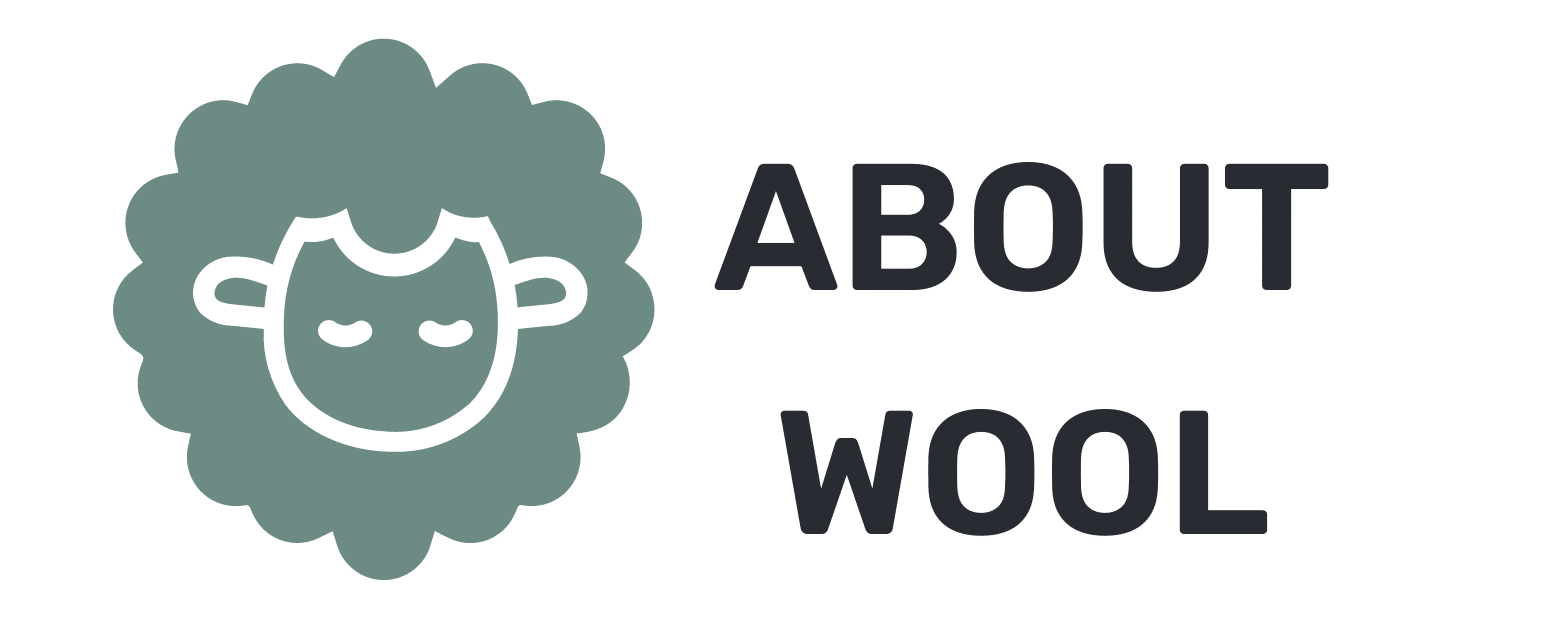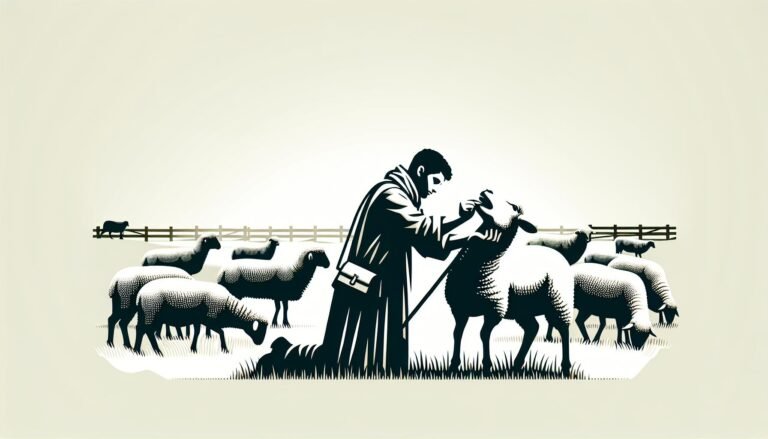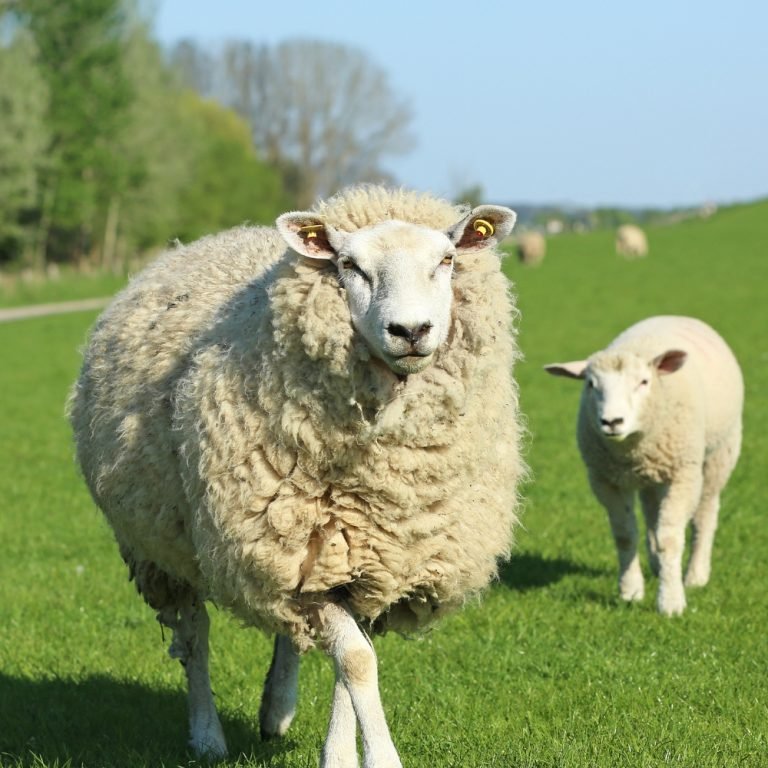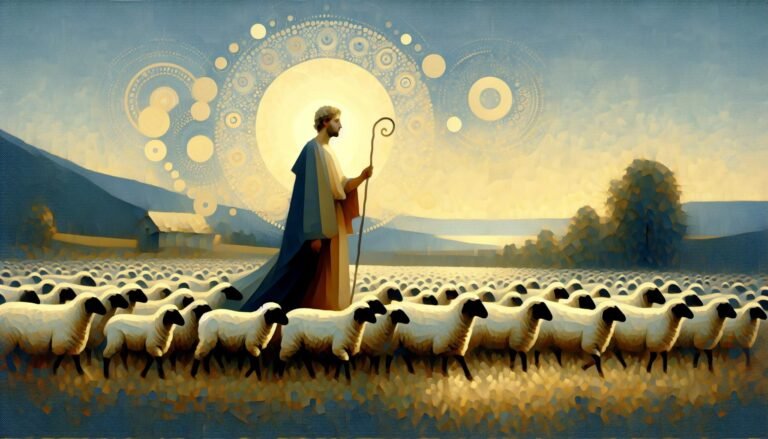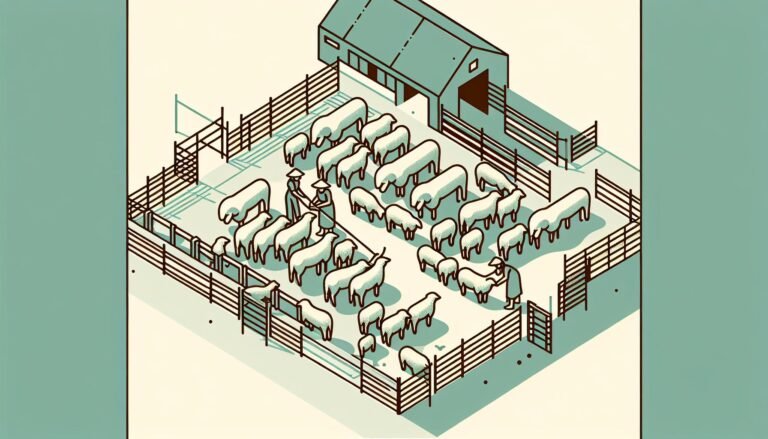How is Wool Sourced and Processed: From Sheep to the Finished Product
Wool, the versatile and natural fiber obtained from the fleece of sheep, has a journey from its source on the animal to becoming the cozy sweater or elegant carpet we love. This article takes you through the intricate process of how wool is sourced, processed, and transformed into the finished products we cherish.
Wool’s journey begins with the sheep’s fleece, a natural marvel that protects them from the elements. This fleece, once shorn, goes through a series of steps to become the soft, warm, and luxurious material we adore.
Sheep Shearing: Harvesting the Fleece
Shearing is the process of carefully removing the fleece from the sheep’s body. Skilled shearers use electric clippers to ensure the sheep’s comfort and the quality of the fleece. This process typically takes place in the spring when sheep have developed their winter coats.
Sorting and Grading the Wool
After shearing, the fleece is sorted and graded based on its quality. Skilled workers assess factors such as fineness, length, and color to determine the best use for each batch of wool. This grading process ensures that fibers with similar attributes are processed together.
| Stage | Description |
|---|---|
| 1. Sheep Farming | Sheep are raised on farms, primarily for their wool and meat. They graze on pastures and are sheared annually. |
| 2. Shearing | Skilled shearers carefully remove the fleece from the sheep’s body using electric clippers, without causing harm. |
| 3. Sorting | The collected wool is sorted by quality, color, and length of fibers. This step helps categorize the wool for different products. |
| 4. Cleaning | The raw wool contains impurities like dirt, grease (lanolin), and vegetable matter. It’s washed to remove these impurities. |
| 5. Carding | Carding involves combing and aligning the fibers to create a uniform web. This makes it easier to spin the wool into yarn. |
| 6. Spinning | The carded wool is spun to form yarn. This can be done using various methods, like hand spinning or industrial spinning machines. |
| 7. Dyeing | If colored wool is desired, the yarn can be dyed at this stage using natural or synthetic dyes to achieve the desired shades. |
| 8. Plying | Plying involves twisting multiple strands of yarn together. This adds strength and stability to the yarn and balances out its twist. |
| 9. Weaving/Knitting | The yarn is used to create fabrics through weaving (on looms) or knitting (using needles). Different patterns and textures can be achieved. |
| 10. Finishing | The woven or knitted fabric is finished through processes like washing, setting the fibers, and sometimes adding additional treatments. |
| 11. Cutting and Sewing | The finished fabric is cut into pattern pieces, which are then sewn together to create various products, such as clothing or accessories. |
| 12. Quality Check | Each product undergoes quality control to ensure it meets the desired standards in terms of stitching, sizing, and overall appearance. |
| 13. Packaging | The final products are carefully packaged and prepared for distribution to retailers or directly to customers. |
| 14. Distribution | Finished wool products are distributed to stores, markets, or online platforms for customers to purchase and enjoy. |
Cleaning and Washing the Raw Wool
Raw wool is often laden with dirt, grease, and sweat residue. To remove these impurities, the wool is thoroughly cleaned and washed. This process involves soaking the fleece in warm water with mild detergents to break down the grease and dirt.
Carding: Preparing the Fibers
Carding is the process of aligning and separating the wool fibers using specialized machines called carders. These machines create a thin and uniform web of fibers, making it easier to spin them into yarn.
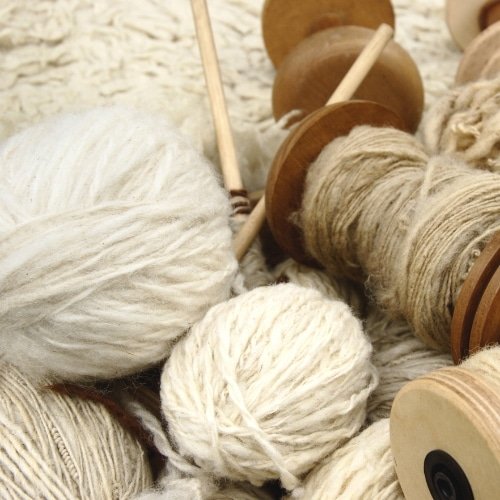
Spinning: Transforming Fibers into Yarn
Spinning is the art of twisting fibers together to create yarn. The carded wool is drawn out and twisted using spinning wheels or machines, resulting in strong and versatile yarn suitable for various textile applications.
Dyeing: Adding Color to the Wool
Wool can be dyed before or after spinning. Natural or synthetic dyes are used to impart a wide range of colors to the yarn. The dyeing process requires expertise to achieve consistent and vibrant hues.
Weaving and Knitting: Creating Textiles
Yarn is woven or knitted to create textiles. Weaving involves interlacing vertical (warp) and horizontal (weft) threads on a loom. Knitting, on the other hand, forms fabrics by looping yarn through itself with needles. These processes result in various textiles like fabrics, carpets, and blankets.
Finishing Touches: Fulling and Finishing
Fulling, also known as felting, is a controlled process that enhances the fabric’s properties. It involves subjecting the woven or knitted fabric to moisture, heat, and friction to tighten the fibers and improve durability and texture. Finishing includes treatments like stretching, pressing, and steaming to give the fabric its final form.

Final Inspection and Quality Control
Before the woolen product reaches the market, it undergoes rigorous inspection and quality control. Any defects or inconsistencies are identified and rectified to ensure that customers receive only the best-quality items.
Conclusion
The journey of wool from sheep to finished product is a testament to human craftsmanship and nature’s bounty. Each step, from shearing to quality control, contributes to creating the cozy, stylish, and sustainable textiles we cherish.
Source: https://www.withwool.com/
